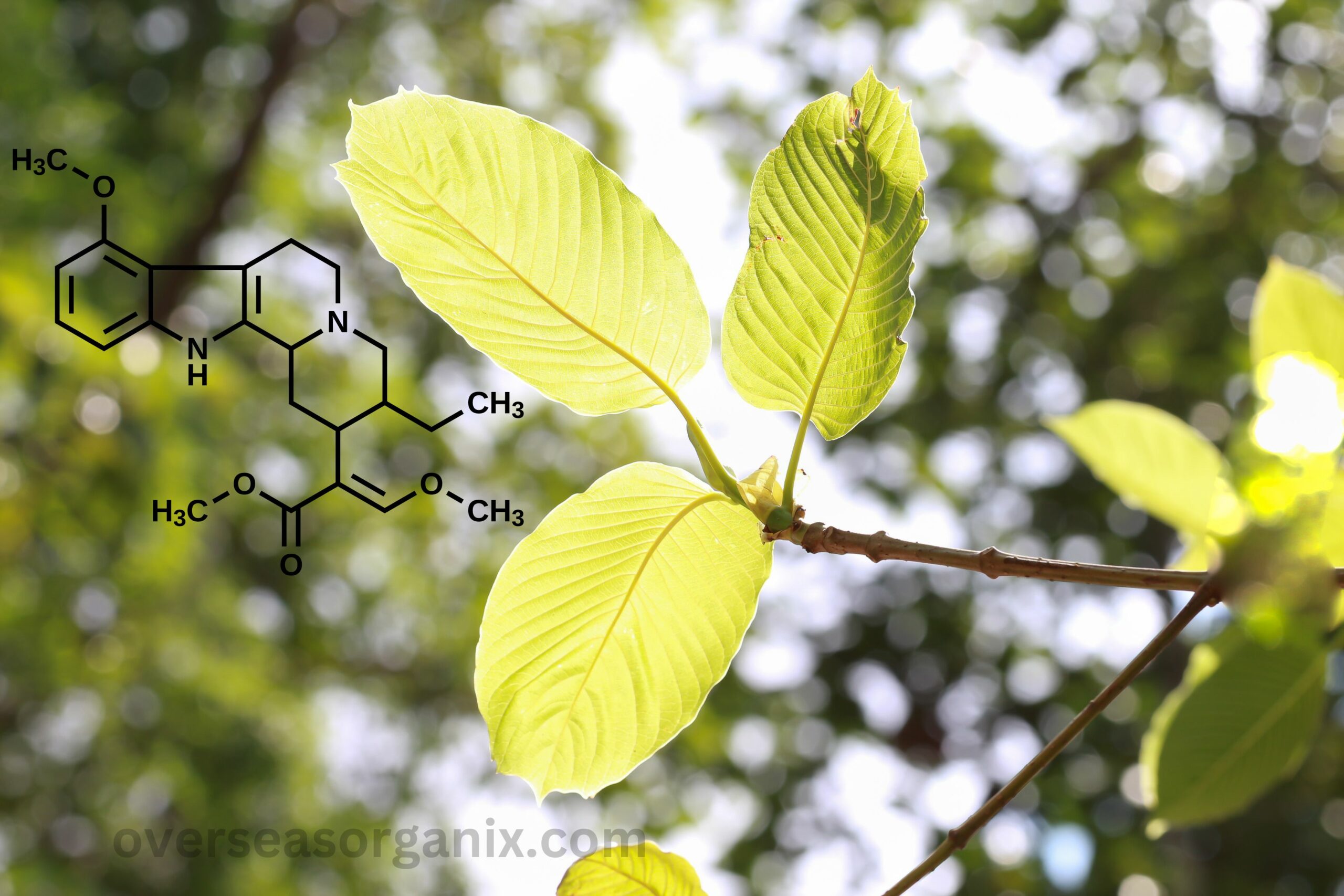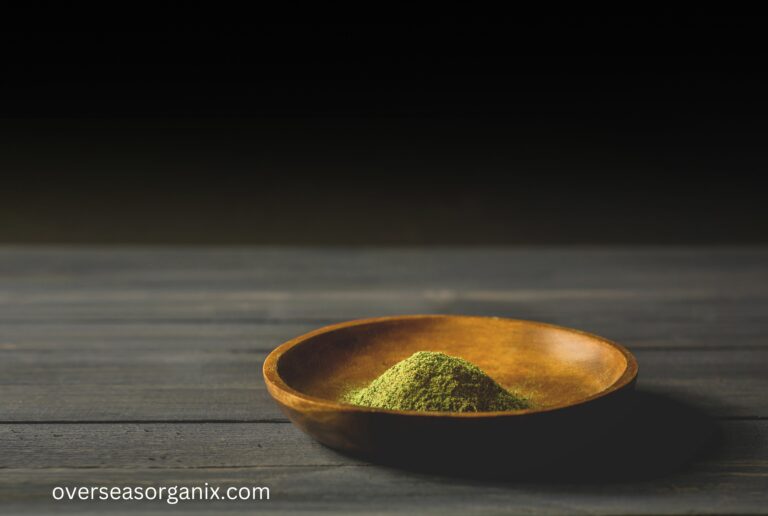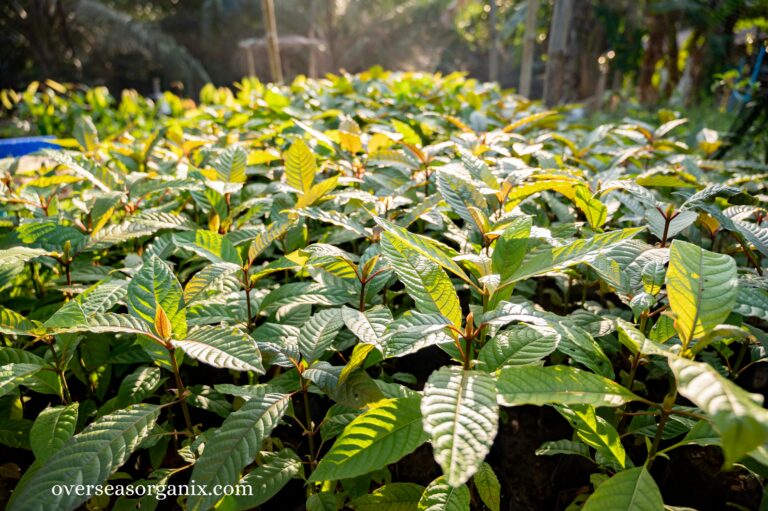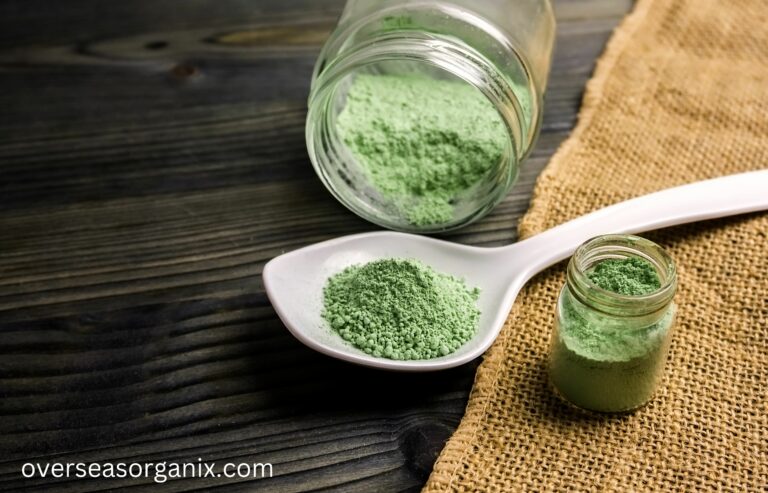No products in the cart.
Understanding Mitragynine – Kratom’s Key Alkaloid
Mitragynine is a naturally occurring alkaloid found in the leaves of Mitragyna speciosa, commonly known as kratom. Kratom, originating from Southeast Asia, notably in nations such as Thailand, Indonesia, Malaysia, and Papua New Guinea, is a tropical tree. It is the primary psychoactive compound responsible for the effects associated with kratom consumption.
Chemical Structure and Properties
The chemical structure consists of a indole ring system connected to a quinazoline group. It interacts with various receptors in the brain, particularly opioid receptors, producing a range of effects. Mitragynine’s pharmacological properties include analgesic (pain-relieving), stimulant, and sedative effects, which vary depending on dosage and individual sensitivity.
Effects of Mitragynine on the Body
The effects of mitragynine can vary depending on factors such as dosage, individual sensitivity, and strain of kratom. At lower doses, It is known to produce stimulating effects, including increased energy, alertness, and sociability. Users may experience enhanced focus and motivation, making it popular among students and professionals. However, at higher doses, it can induce sedative effects, leading to relaxation, calmness, and even drowsine
Potential Medical Uses
Due to its analgesic properties, Mitragynine has garnered attention as a potential treatment for chronic pain conditions. Some researchers suggest its use in managing opioid addiction, as it interacts with opioid receptors without causing respiratory depression, a common side effect of traditional opioids.
Safety and Side Effects
While mitragynine has potential therapeutic benefits, it is not without risks. Chronic and excessive use of kratom containing mitragynine can lead to tolerance, dependency, and addiction. Individuals who abruptly cease kratom consumption may experience withdrawal symptoms, including anxiety, irritability, muscle aches, and insomnia. Long-term use of kratom has also been associated with adverse health effects, such as liver toxicity, gastrointestinal issues, and respiratory depression.
Legal Status and Regulation
The legal status of mitragynine and kratom varies significantly around the world. In countries like Thailand and Malaysia, where kratom is indigenous, its use has been regulated and, at times, prohibited due to concerns about abuse and public health. In contrast, some countries, including the United States and parts of Europe, have yet to implement comprehensive regulations on kratom, leading to a thriving market for kratom products. However, there are ongoing debates and controversies surrounding the legality and regulation of kratom, with proponents advocating for its potential therapeutic uses and opponents raising concerns about its safety and abuse potential.
Conclusion
Mitragynine, the primary alkaloid in kratom, plays a pivotal role in the plant’s pharmacological effects. While it holds promise as a natural remedy for pain relief, mood enhancement, and energy boost, it also carries risks of dependency, addiction, and adverse health effects. As interest in kratom continues to grow, it is essential for policymakers, healthcare professionals, and consumers to weigh the potential benefits and risks.
Frequently Asked Questions (FAQs)
While It has potential therapeutic benefits, it is not without risks. It can lead to tolerance, dependency, and addiction with regular use.
Yes, It has analgesic properties and is commonly used to alleviate chronic pain conditions.
Side effects can include nausea, constipation, dizziness, and respiratory depression at high doses.
The legal status varies from country to country. It is legal in some places but classified as a controlled substance in others.
Yes, It can be addictive with regular and prolonged use, leading to dependency and withdrawal symptoms upon cessation.








